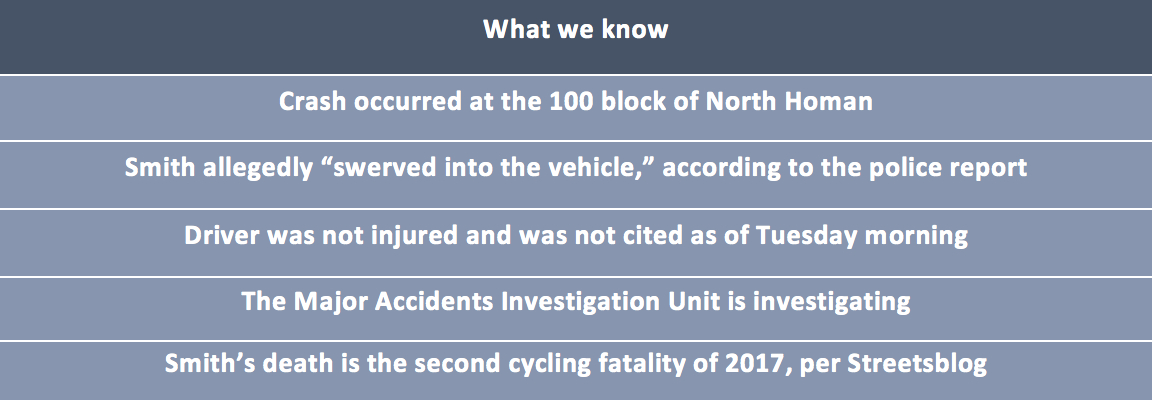We decided to put our appetites to good use
One look at our Facebook page confirms that we enjoy eating. A lot. We’ve decided to put our appetites to good use. The focus of our new philanthropic effort is called Court Ordered, and it’s a fun way to enjoy our meals, pay tribute to Chicago’s diverse food scene, and give back to those less fortunate.
For a good meal sampled on special occasions, we’ll make a small donation to the Greater Chicago Food Depository as a reminder that many people can’t afford small luxuries. We’ll also take a crack at chronicling our food adventures (with special guests here and there).
For our inaugural outing, we welcomed our friend and Hamilton star Remmie Bourgeois (thanks to our legal assistant, Julius Carter, for the introduction). Remmie is an actor, singer, dancer, and one of the nicest guys you’ll meet. During lunch, Remmie regaled us with stories from the Hamilton set, sharing a few industry secrets and what it’s like to perform for one of the most successful musicals in Broadway history. Thanks for joining us, Remmie. We have no doubt we’ll be seeing you in many more shows in the years ahead.
Our first outing (a brief highlight)
When you go to Greektown, you’re going for the Greek. A stalwart since 1990, Pegasus is one of many homegrown spots with an eye towards tradition and fresh ingredients. The portions are reliably big and the bread baskets get replenished often. But what stands out here is the setting in which they’re received, and it starts with the people.
There’s an element of the Old World at Pegasus. Among the murals of ocean vistas and islands is a serving staff that ensures you’re taken care of, with all the pleasantries of friends amongst friends. Ours was particularly generous and accommodating, delivering each dish with a smile. Our server was helpful and always ready to answer questions, stopping by on occasion to enjoy a few laughs with our group as we feasted on grilled octopus, authentic Greek gyro, and delicious Greek salad, among many other things.
Needless to say, at Pegasus the Greek isn’t just good, it’s great.






